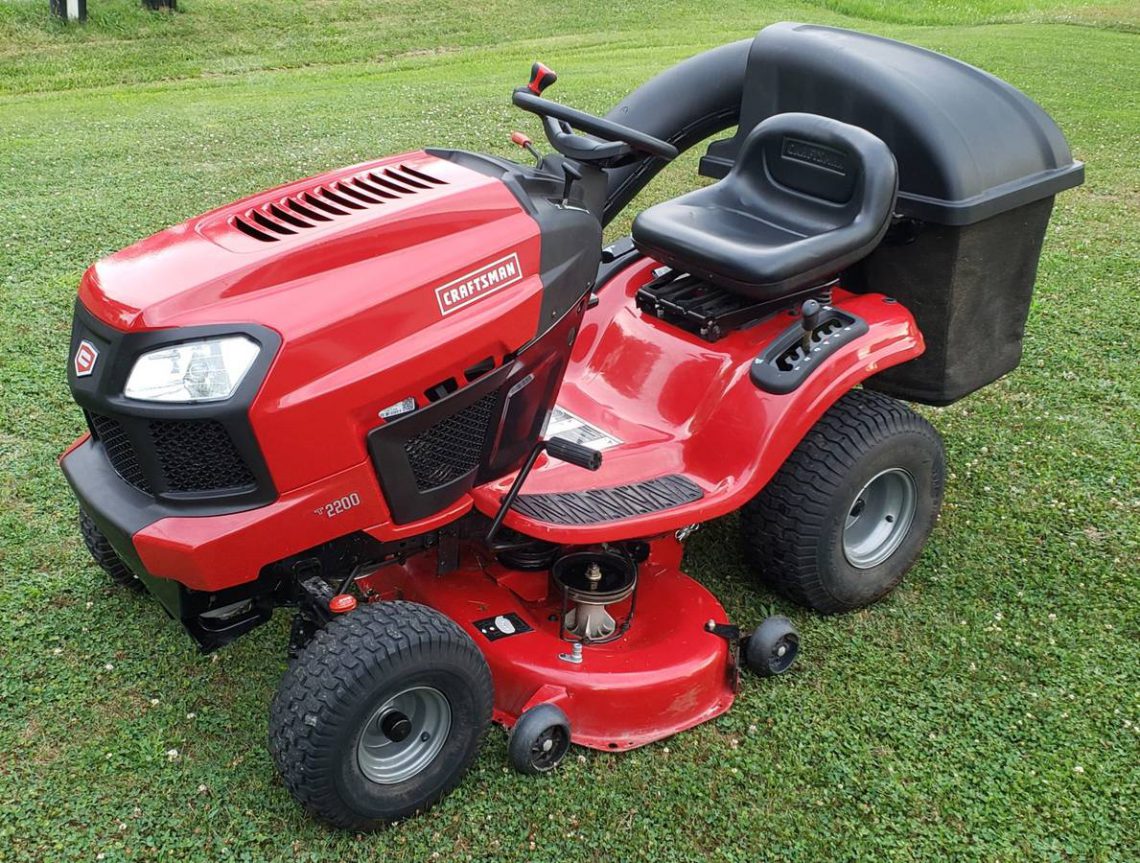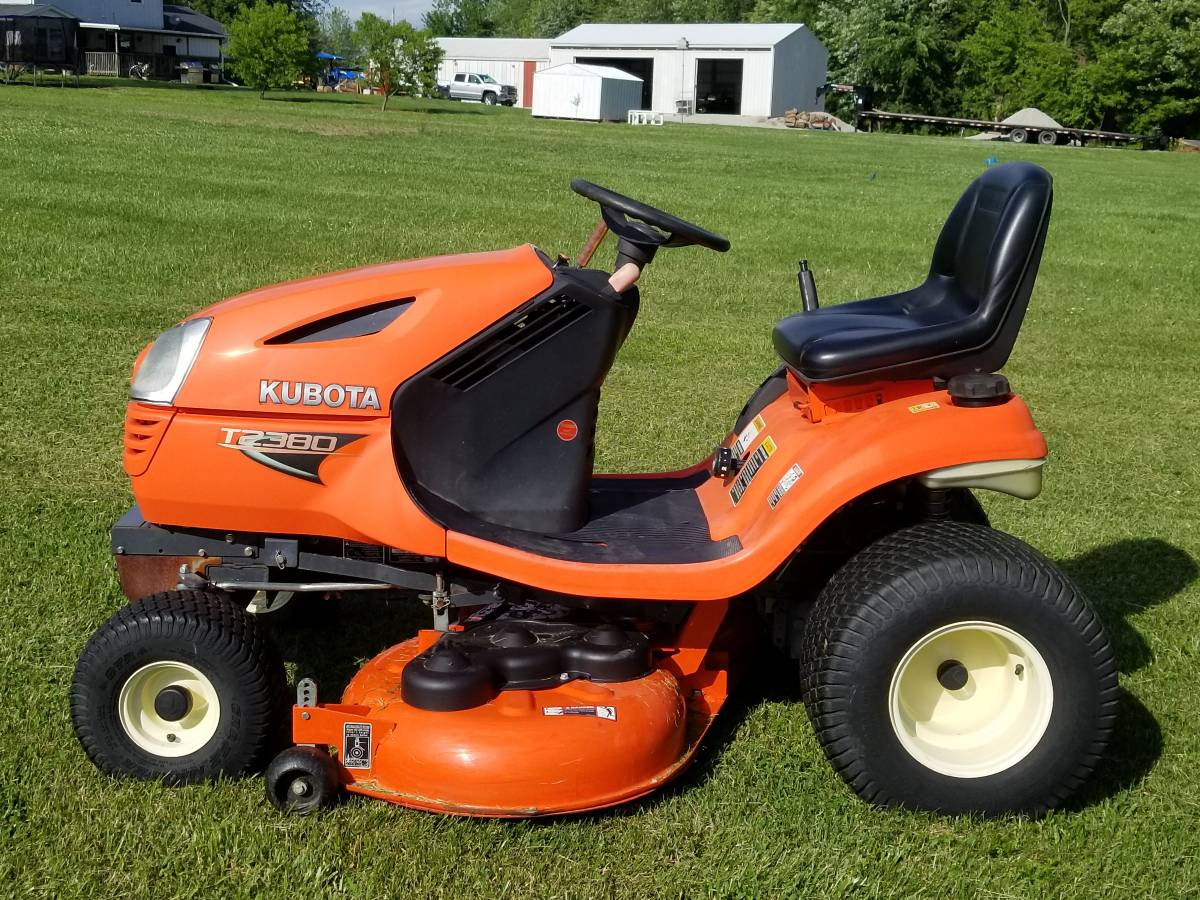A gas push mower is a type of lawn mower that employs a gasoline-powered engine to rotate a blade, cutting grass to a desired height. It features a handle that allows the operator to propel the mower forward while controlling its path and speed.
Gas push mowers have been widely used since the early 20th century, gaining popularity due to their efficiency, affordability, and ease of use. Advancements in engine technology have led to improvements in power and fuel efficiency, while advancements in blade design have resulted in cleaner cuts and improved mulching capabilities.
In this article, we will explore the different types of gas push mowers available, discuss their features and benefits, and provide guidance on selecting and maintaining one to achieve the best lawn care results.
Gas Push Mower
A well-maintained gas push mower is a crucial tool for lawn care, offering efficiency, affordability, and ease of use. Key aspects to consider when selecting and maintaining a gas push mower include:
- Engine power: Measured in horsepower (HP), it determines the mower’s ability to cut through thick or tall grass.
- Cutting width: Wider cutting widths cover more ground per pass, increasing efficiency.
- Adjustable cutting height: Allows for customization based on grass type and desired lawn appearance.
- Mulching capabilities: Mulching mowers chop grass clippings into fine pieces that decompose and return nutrients to the soil.
- Fuel efficiency: Measured in miles per gallon (MPG), it indicates how far the mower can operate on a single tank of gas.
By considering these aspects, users can select a gas push mower that meets their specific lawn care needs and preferences. Regular maintenance, including blade sharpening, air filter cleaning, and oil changes, ensures optimal performance and extends the mower’s lifespan.
Engine power
Engine power is a critical factor in gas push mowers because it directly influences the mower’s cutting performance. Horsepower (HP) is the unit of measurement for engine power, and it represents the rate at which the engine can perform work. In the context of gas push mowers, higher horsepower engines can generate more torque, allowing the mower to power through thicker or taller grass without bogging down.
For instance, a gas push mower with a 3 HP engine may be sufficient for cutting thin or moderately thick grass in smaller yards. However, if the lawn has thicker or taller grass or covers a larger area, a mower with a higher horsepower engine, such as 4 HP or more, would be more suitable to handle the increased workload effectively.
Understanding the connection between engine power and cutting performance is essential for selecting a gas push mower that meets specific lawn care needs. By considering the thickness and height of the grass, as well as the size of the yard, users can choose a mower with the appropriate horsepower to ensure efficient and effective mowing.
Cutting width
Cutting width is a crucial consideration in gas push mowers as it directly impacts the efficiency of the mowing process. Wider cutting widths allow the mower to cover more ground with each pass, reducing the time and effort required to mow the lawn.
- Productivity: Wider cutting widths enable users to mow larger areas in less time, increasing productivity and saving valuable time.
- Fewer passes: With a wider cutting width, fewer passes are needed to cover the entire lawn, reducing the overall physical effort required.
- Time savings: The increased efficiency translates into significant time savings, allowing users to complete the mowing task more quickly.
- Larger lawns: Gas push mowers with wider cutting widths are particularly beneficial for larger lawns, where the time-saving advantage becomes more pronounced.
Understanding the relationship between cutting width and efficiency is essential for selecting a gas push mower that meets specific lawn care needs. By considering the size of the lawn and the desired level of efficiency, users can choose a mower with an appropriate cutting width to optimize their mowing experience.
Adjustable cutting height
Adjustable cutting height is a critical feature of gas push mowers, enabling users to customize the mowing process based on the type of grass and the desired appearance of their lawn. By adjusting the cutting height, users can achieve optimal grass growth and health while maintaining their preferred aesthetic.
Different grass types have varying optimal cutting heights. For instance, cool-season grasses, such as Kentucky bluegrass and perennial ryegrass, typically thrive with a cutting height between 2.5 and 3.5 inches. On the other hand, warm-season grasses, such as Bermuda grass and zoysia grass, prefer a slightly shorter cutting height, usually between 1 and 2.5 inches. By adjusting the cutting height accordingly, users can promote healthy grass growth and prevent scalping or damage.
Beyond grass type, personal preference also plays a role in determining the desired lawn appearance. Some individuals prefer a shorter, manicured look, while others favor a longer, more natural aesthetic. The adjustable cutting height of gas push mowers empowers users to tailor the mowing process to their specific preferences, achieving the desired lawn appearance.
Understanding the significance of adjustable cutting height and its connection to gas push mowers is essential for effective lawn care. By considering grass type and personal preferences, users can optimize the mowing process, promoting healthy grass growth and achieving the desired lawn appearance.
Mulching capabilities
Mulching capabilities are a significant feature of gas push mowers, offering environmental benefits and contributing to healthier lawns. Mulching mowers utilize specialized blades to finely chop grass clippings, which are then evenly distributed across the lawn. This practice has several advantages:
- Natural fertilization: Decomposed grass clippings release essential nutrients back into the soil, reducing the need for synthetic fertilizers.
- Improved soil structure: Decomposed grass clippings add organic matter to the soil, enhancing its structure, water retention, and aeration.
- Reduced lawn waste: Mulching eliminates the need to collect and dispose of grass clippings, saving time and effort.
- Environmental sustainability: Mulching promotes a more sustainable lawn care practice by reducing the use of chemical fertilizers and minimizing waste.
By leveraging the mulching capabilities of gas push mowers, users can effectively maintain healthy lawns while promoting environmental sustainability and reducing lawn maintenance chores.
Fuel efficiency
Fuel efficiency is a crucial consideration in gas push mowers as it directly impacts the cost and convenience of operation. Measured in miles per gallon (MPG), it represents the distance the mower can travel on a single tank of gas. Several factors influence fuel efficiency in gas push mowers:
- Engine size: Larger engines generally consume more fuel than smaller engines.
- Mowing conditions: Mowing on slopes or in tall grass requires more power and, therefore, consumes more fuel.
- Blade sharpness: Dull blades require more power to cut grass, resulting in reduced fuel efficiency.
- Proper maintenance: Regular maintenance, such as air filter cleaning and spark plug replacement, ensures optimal engine performance and fuel economy.
Understanding the connection between fuel efficiency and gas push mowers empowers users to make informed decisions about mower selection and maintenance. By considering factors such as engine size, mowing conditions, and proper maintenance, users can choose and operate gas push mowers that deliver optimal fuel efficiency, reducing operating costs and maximizing convenience.
Tips for Effective Gas Push Mower Operation
Gas push mowers offer efficient and convenient lawn care solutions. By following these tips, you can optimize mower performance, extend its lifespan, and achieve a well-maintained lawn:
Tip 1: Choose the Right Mower: Consider the size of your lawn, grass type, and desired cutting height when selecting a gas push mower. A mower with an appropriate engine power, cutting width, and adjustable cutting height will ensure efficient and effective mowing.
Tip 2: Maintain Sharp Blades: Sharp blades cut grass cleanly, reducing strain on the engine and promoting healthy lawn growth. Regularly sharpen or replace mower blades to maintain optimal cutting performance.
Tip 3: Mow Regularly: Regular mowing encourages healthy grass growth and prevents grass from becoming too long and difficult to cut. Aim to mow your lawn every 1-2 weeks during the growing season, adjusting the frequency based on grass growth rate.
Tip 4: Vary Mowing Patterns: Varying mowing patterns helps prevent ruts and promotes even grass growth. Mow in different directions each time you cut your lawn to avoid creating compacted areas.
Tip 5: Mulch or Bag Clippings: Mulching grass clippings returns nutrients to the soil and saves time. If mulching is not desired, regularly empty the grass catcher to prevent clumping and ensure efficient mowing.
Tip 6: Clean and Store Properly: After each use, clean the mower deck to remove grass clippings and debris. Store the mower in a dry, protected area to prevent rust and extend its lifespan.
Tip 7: Perform Regular Maintenance: Regular maintenance, including oil changes, air filter cleaning, and spark plug replacement, ensures optimal mower performance and extends its lifespan. Refer to the manufacturer’s instructions for specific maintenance intervals.
By following these tips, you can effectively operate and maintain your gas push mower, achieving a well-manicured lawn while extending the mower’s life.
Conclusion
Gas push mowers have become ubiquitous tools for lawn care, offering a combination of efficiency, affordability, and ease of use. Their versatility and customizable features make them suitable for a wide range of lawn sizes and grass types.
Understanding the engine power, cutting width, adjustable cutting height, mulching capabilities, fuel efficiency, and proper operation techniques is essential for selecting and maintaining a gas push mower that meets specific lawn care needs. By following the tips outlined in this article, users can optimize mower performance, extend its lifespan, and achieve a well-manicured lawn.


